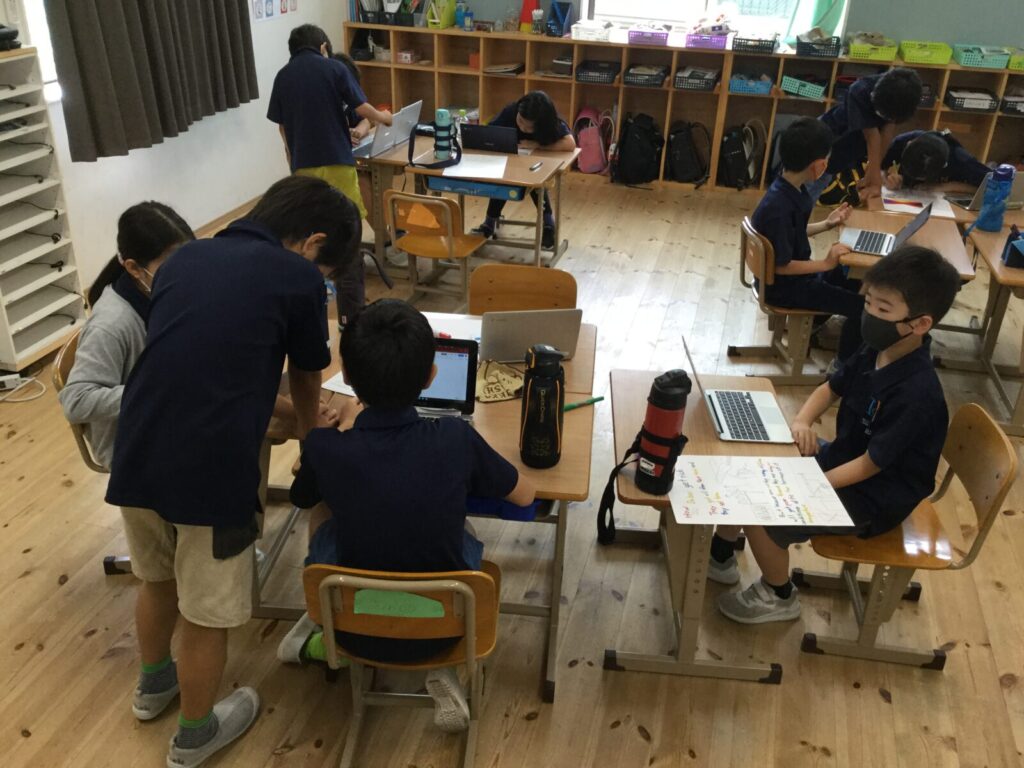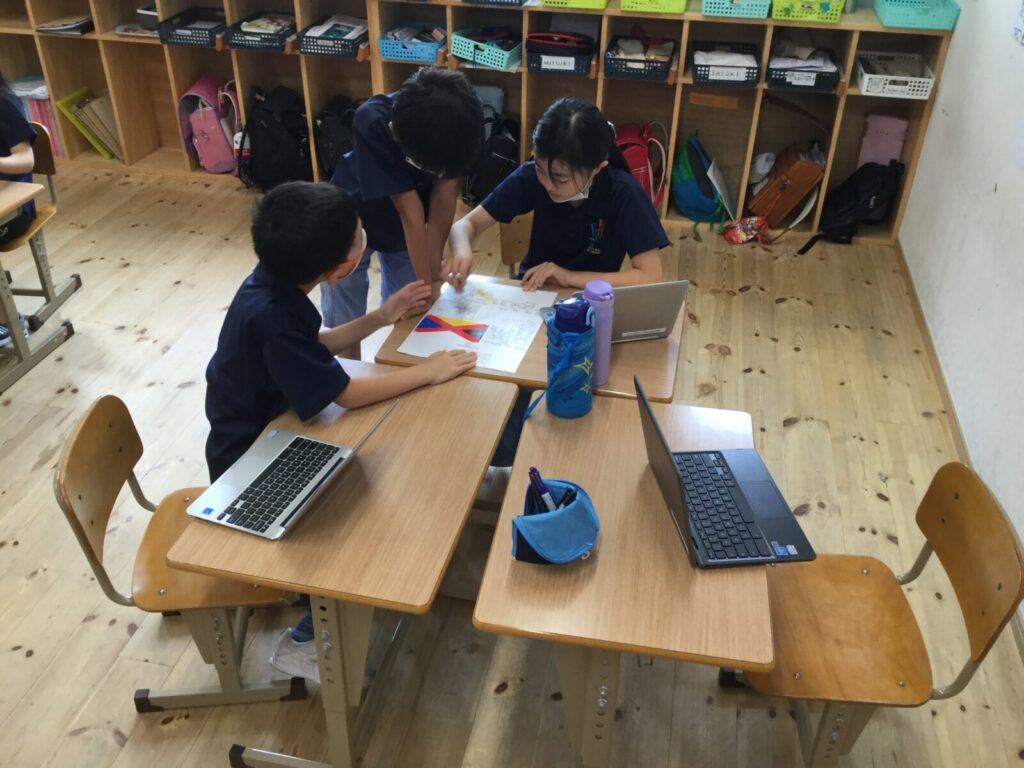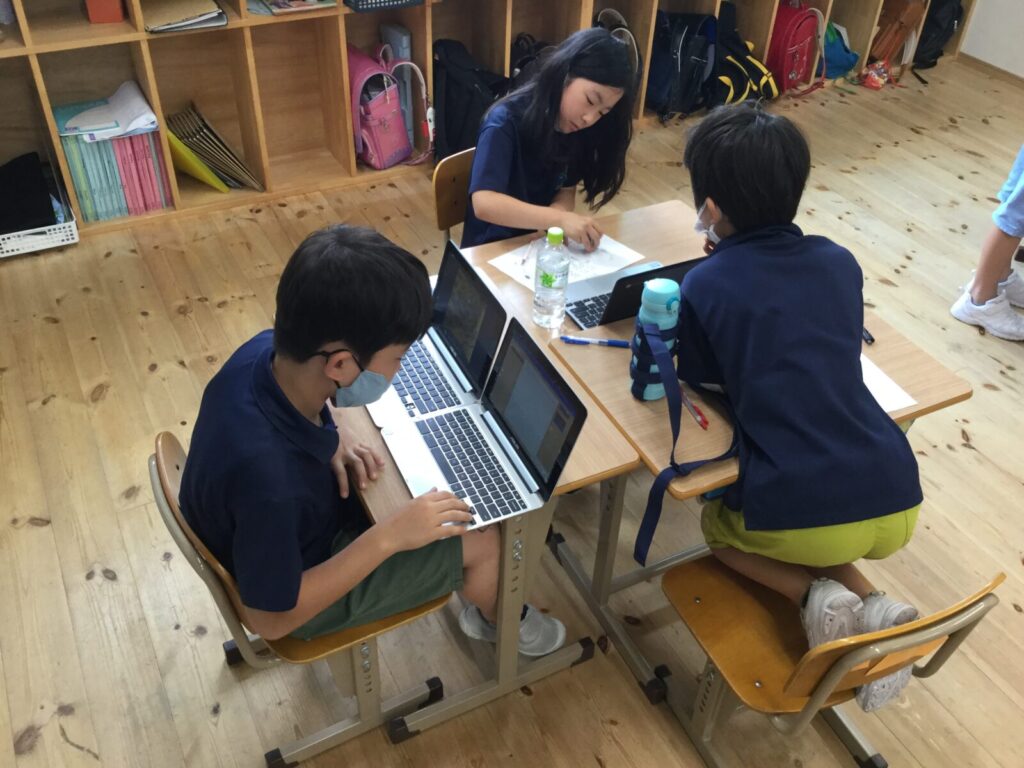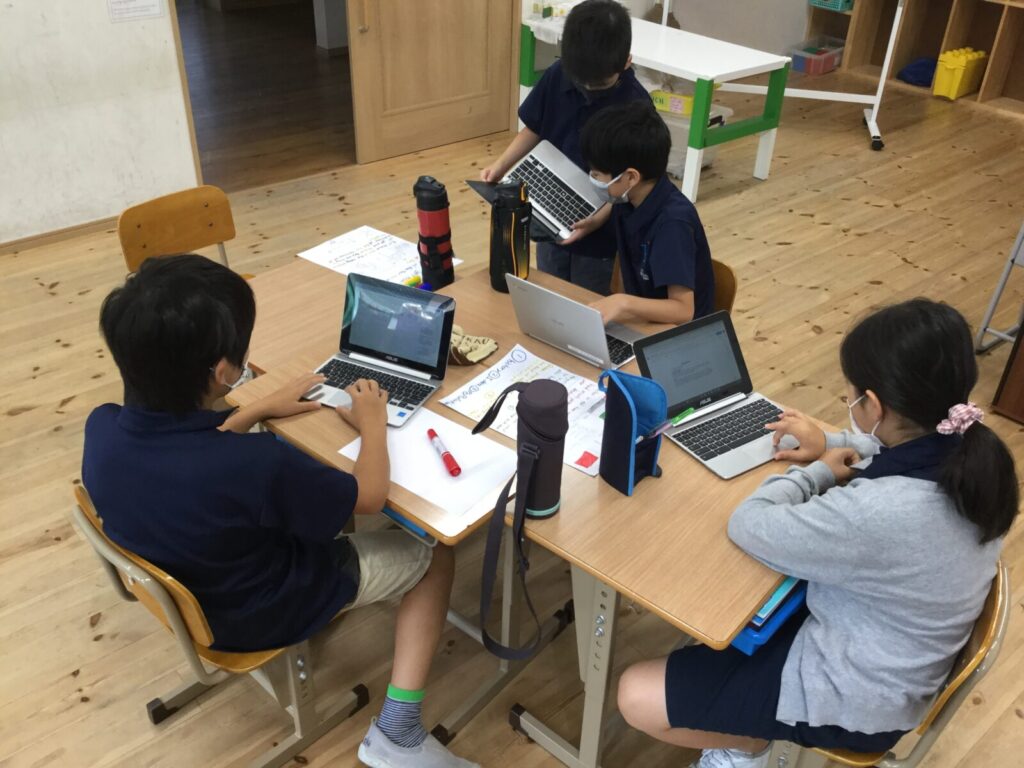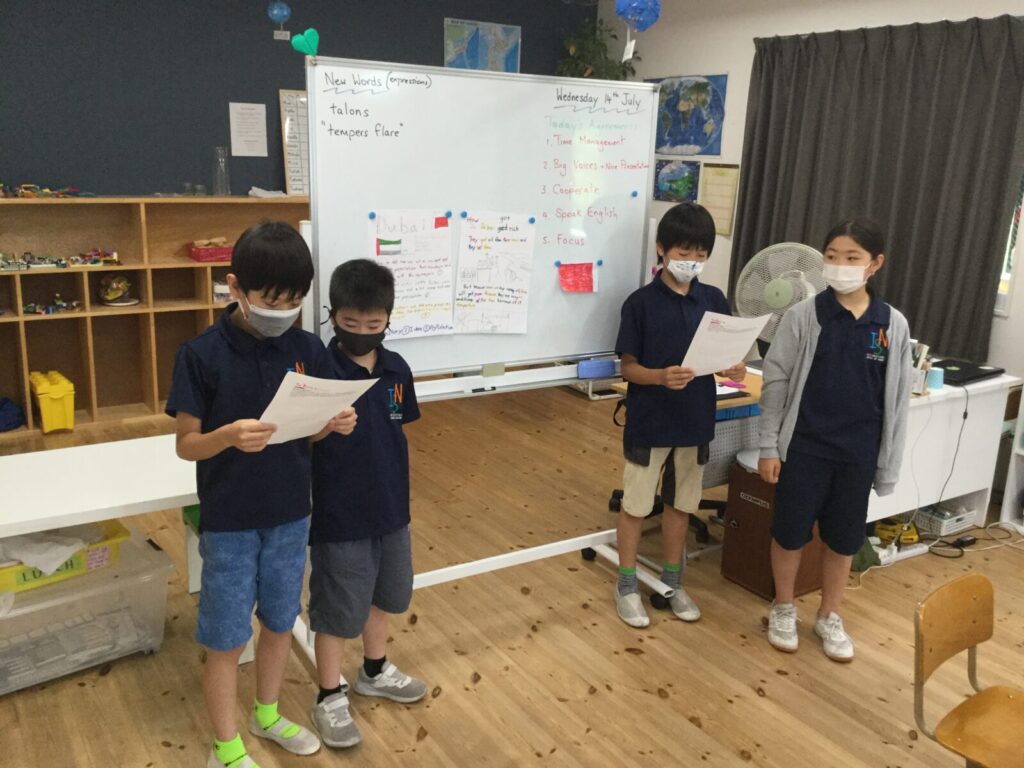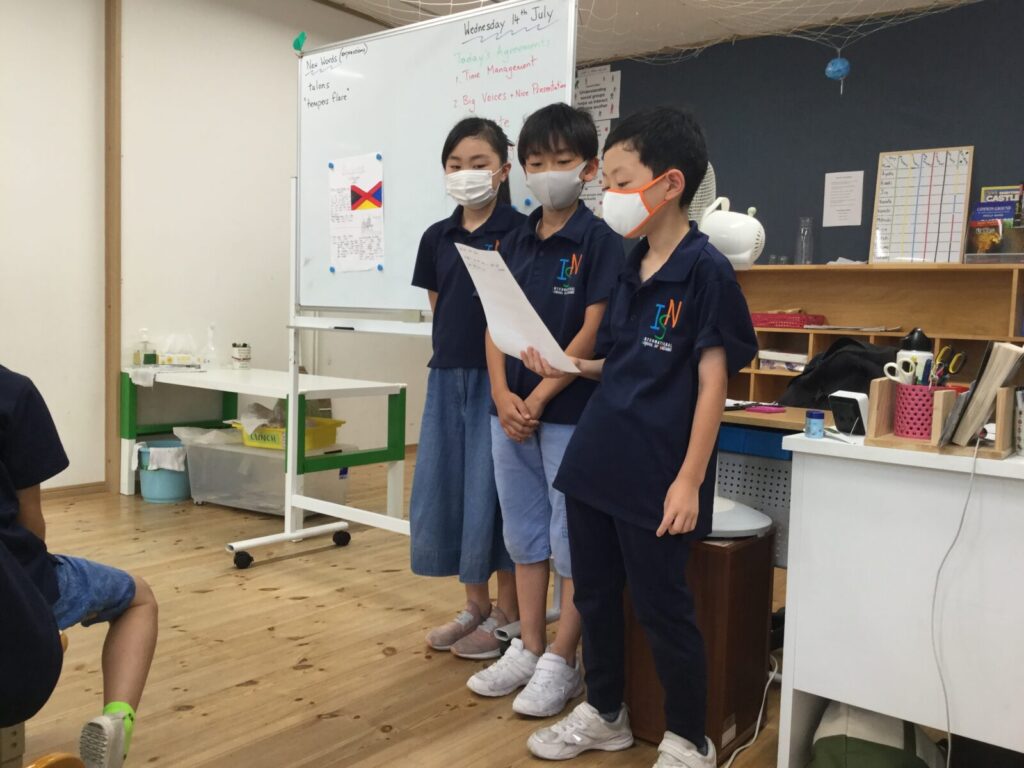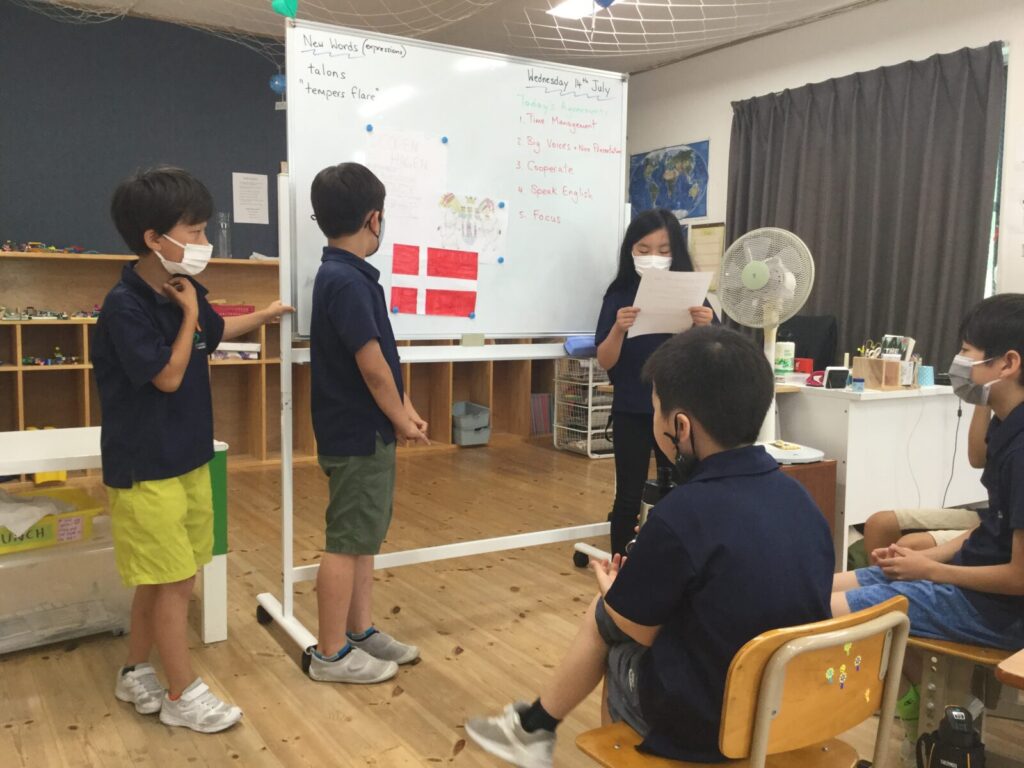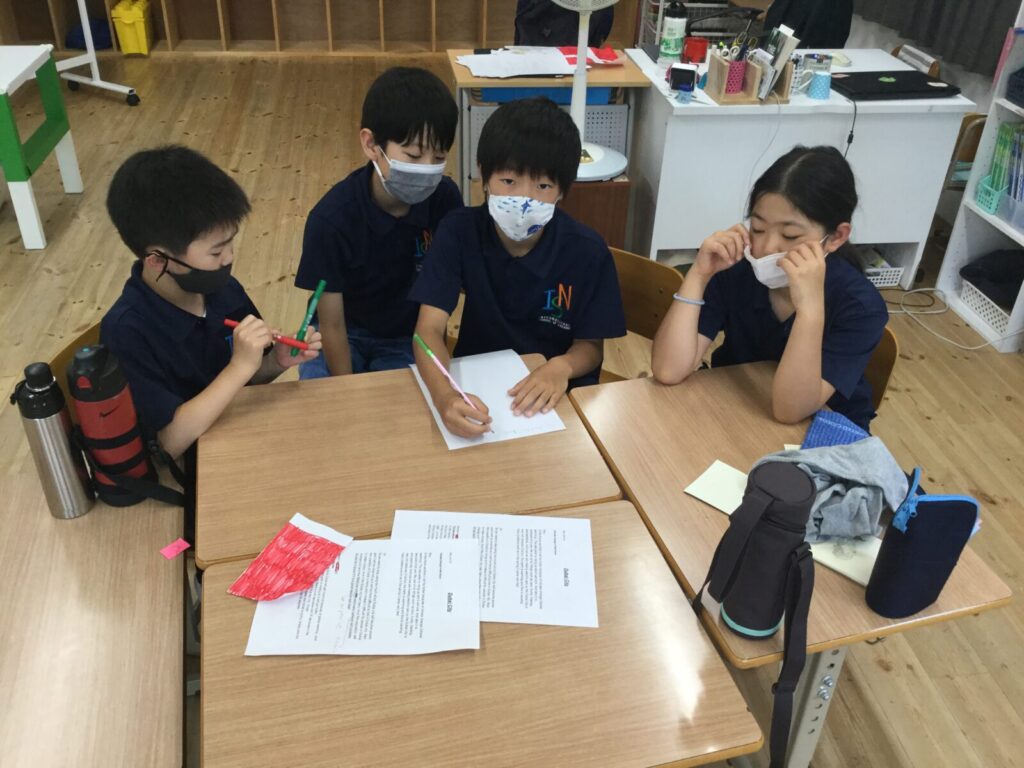Welcome once more and hope you are well.
皆さんお元気ですか?
We began this week by considering how some of the ancient cities we encountered last week, for example, Babylon and Harappa, were some of the biggest most advanced cities of their time. However, they no longer exist apart from some ruins and guesses as to how they must have functioned.
今週はまず、先週知ったバビロンやハラッパなどの古代都市が、当時どのような最大級の先進的な都市であったかを考えました。しかし現代ではそれらの都市はもはやいくつかの遺跡や推測のみしか存在していません。
We developed this further by exploring the idea of cities’ pasts and futures. Breaking into 3 groups we looked at Beijing, Copenhagen and Dubai as our test sample cities. We asked, “How have these cities changed?” and “How will these cities possibly change in the future?”
今週はこれをさらに発展させて、都市の過去と未来について考えてみました。3つのグループに分かれて、北京、コペンハーゲン、ドバイをサンプル都市にあげ、「これらの都市はどのように変化してきたのか」「これらの都市は将来どのように変化する可能性があるのか」を考えました。
It was fun hearing the groups different perspectives upon this, especially with regards what future hurdles might have to be overcome for these cities to survive.
これらの都市が生き残るためにこれからどのようなハードルを乗り越えなければならないか、グループごとに様々な意見を聞くことができて楽しかったです。
We then started our final assignment for this unit, speculating as to the future of Matsumoto City. “What will Matsumoto City be like in the future?”, “What problems might it face?”, “What are the solutions to these opportunities?”.
そして、このユニットの最後の課題である「松本市の未来」を推測する活動に入りました。「将来の松本市はどうなるのか」「どんな問題に直面する可能性があるのか」「その機会にどんな解決策があるのか」などを考えていきます。
Tune in next week to find the answers to these questions and possibly more.
来週のブログでは、どんな答えがでたかをお届けしたいと思います。
Take care and stay cool.
暑い日が続きますが、身体に気を付けてお過ごしください。
